Can the smartphone market survive another recession?
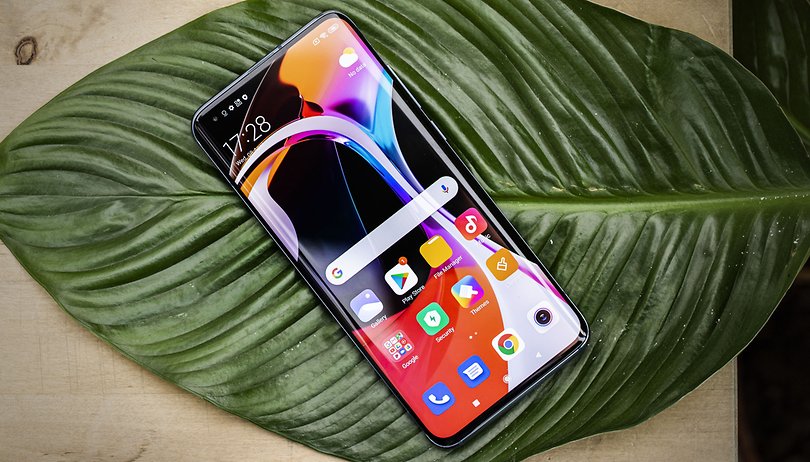

Read in other languages:
With economic activity almost at a standstill around the world, the prospect of a worldwide recession appears to be inevitable. For some smartphone manufacturers, the timing could not be worse. Can the market survive in its current shape and form? Who wins and who loses? And what will the future look like?
This idea of a smartphone industry recession is nothing new. In fact, I wrote an article in November 2018 detailing that the smartphone business was effectively in a recession almost two years ago. The research that drove this claim was a drop in smartphone shipments. So how does an industry that is already in decline, survive a global recession?
Innovation has been stagnant for years
One of the biggest reasons for falling smartphone shipments is the fact that people are holding onto their devices for longer and longer. We know this to be the case from mobile trade-in data. The days when we would upgrade our phones every two years in sync with our carrier plans are slowly sliding away, and consumers are much more comfortable buying unlocked phones these days, particularly in Europe.
Then there's the lack of innovation in the industry in general. It's much easier to hang onto your old phone when the new version looks, feels, and performs pretty much the same, right? The two big hopes for significant innovation in the smartphone business have been new form factors made possible by foldable displays, and 5G connectivity. Whilst both are certainly exciting to me personally, they're both very young. Foldables are still finding their feet in terms of durability and value for money, and 5G is a reality in only select parts of the world right now.
You can find more videos on current tech topics on our video page.
We have reached the bizarre stage where Apple can launch a revamped iPhone 8 - a phone from 2017 - with an A13 Bionic onboard, and everyone goes wild for it. There is nostalgia around the return of the Home Button, but the main feature of the new iPhone SE 2020 is the price, and that's not something we're used to seeing from Apple.
Disruptions across supply chains and manufacturing in the industry, as the Wall Street Journal reported this week, are likely to go hand in hand with reduced consumer appetite for spending. Global smartphone shipments are predicted to drop by up to 15 percent this year, but I don't see a huge issue here with supply not being able to meet demand. Real innovation is needed if manufacturers want to sell flagship phones in large quantities again, and innovation costs money and involves risk - the two things that companies tend to look to reduce during a recession.
We're already seeing the first signs of change
Earlier this week, OnePlus announced plans for its European restructuring. Organizational changes in Germany, France, and the UK, will see the Chinese manufacturer reduce its staff to a fraction of its former strength in these regions. The company is instead focusing on opportunities in the Nordic region and Benelux. A statement from OnePlus said the restructuring was to "better streamline our operations while continuing to meet the needs of our growing community".
The announcement comes just weeks after the launch of the brand's most expensive smartphone lineup ever, the OnePlus 8 and 8 Pro. Meanwhile, Xiaomi is entering $1,000 smartphone territory with its new Mi 10 Pro, and Motorola is getting back into the flagship race with its new Edge+. Naturally, these new smartphones were developed and planned before the COVID-19 outbreak and the economic consequences of a global pandemic were surely not part of the launch plans, but for those looking to break into the top echelons of the smartphone market, these new ventures feel unfortunately ill-timed.
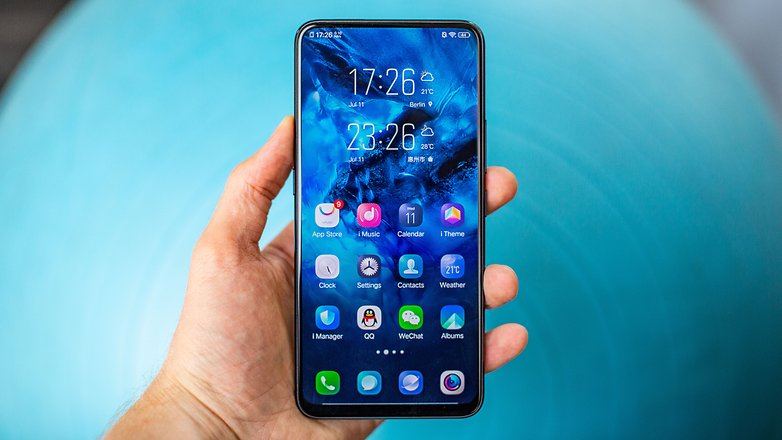
There is more positive news, however, for those lesser-known manufacturers in the traditional mid-range market. Brands like Realme, Vivo, and Oppo, could flourish in the new world order. Vivo now sells more smartphones in India than Samsung, but apart from those who live inside our tech bubble, the brand is virtually unknown in Europe and North America.
As carrier stores around the world are closed, consumers are no longer subject to the sales pitches of staff on commission. Forced to research their smartphone purchases online, there is an opportunity here for brands that are undercutting their rivals on price whilst providing similar hardware. Manufacturers that don't have a huge presence in brick and mortar stores and now sitting on virtual shelves right next to the big boys of Apple and Samsung, and that can only be a good thing.
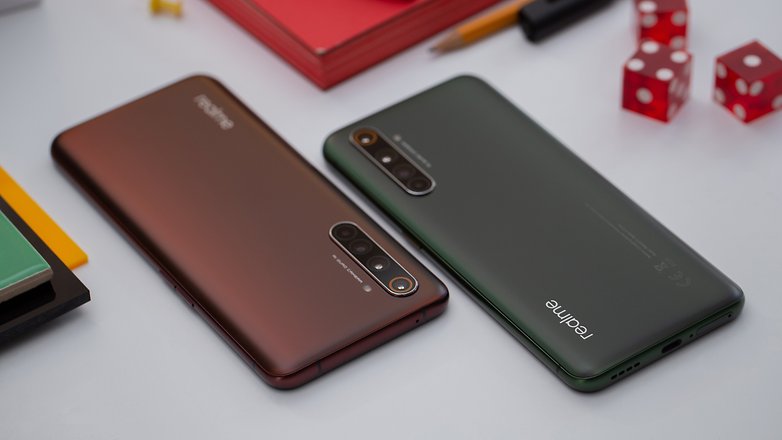
The future remains uncertain
I opened this article with a question: can the smartphone market survive a global recession? And the answer is yes. Smartphones are not going away and will remain the single most used technological device for the majority of the world's population. How the market will look when we finally come out of the other end of this situation, however, is anybody's guess.
All manufacturers will be jostling for positions and trying to find their place in what is a fast-changing and unstable market. The traditional monopolies could be smashed apart here. I haven't even touched on where Huawei - a company going through its own transitional period, which we have covered extensively - fits into this jigsaw puzzle. Who knows what the future will look like?
One thing is for sure, though. In the words of the great Bob Dylan: the times they are a-changin.










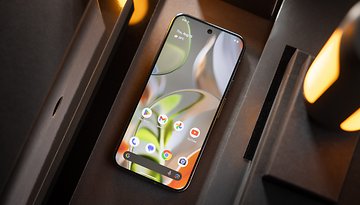
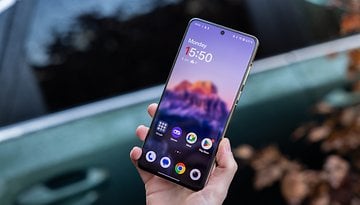






Yes they will have to change. Change is good. And hopefully for the consumer. As consumers watch what they spend in times of uncertainty, manufacturer's need to provide value. That's what Apple is doing with their $399 SE. Increase the customer base and make the money off of the services they offer. Plus the consumer gets a device that's supported for 4 or 5 years, maybe more, and that's where the consumer receives value. Just my two pfennig...
Smartphone are WAY overpriced. Now with the global uncertainty, they need to drop their price. The "feeding frenzy" is over...I hope!
-
Admin
Apr 30, 2020 Link to commentIt will survive but it will have to change. If people have less money to spend phones will have to be cheaper, more resistant and utilitarian. Less space for cosmetic changes, less frequent new devices.